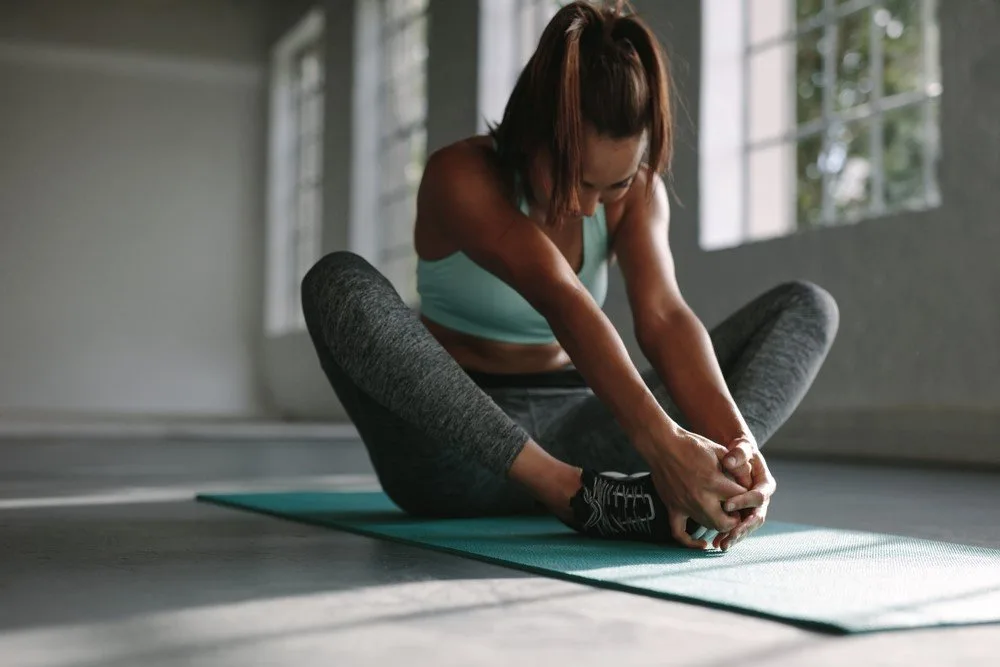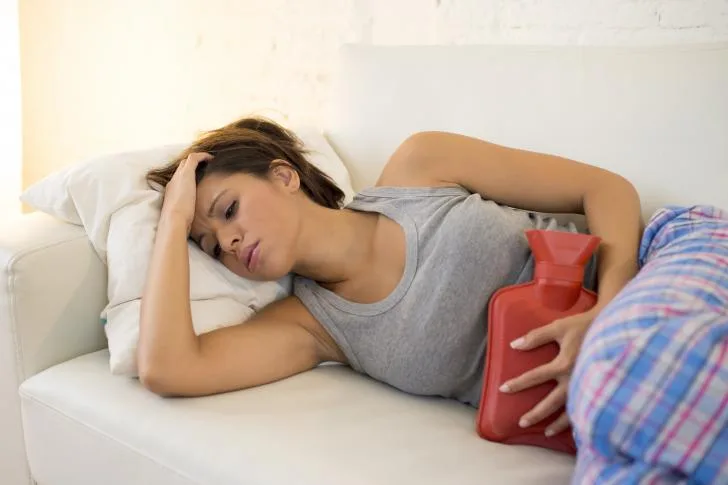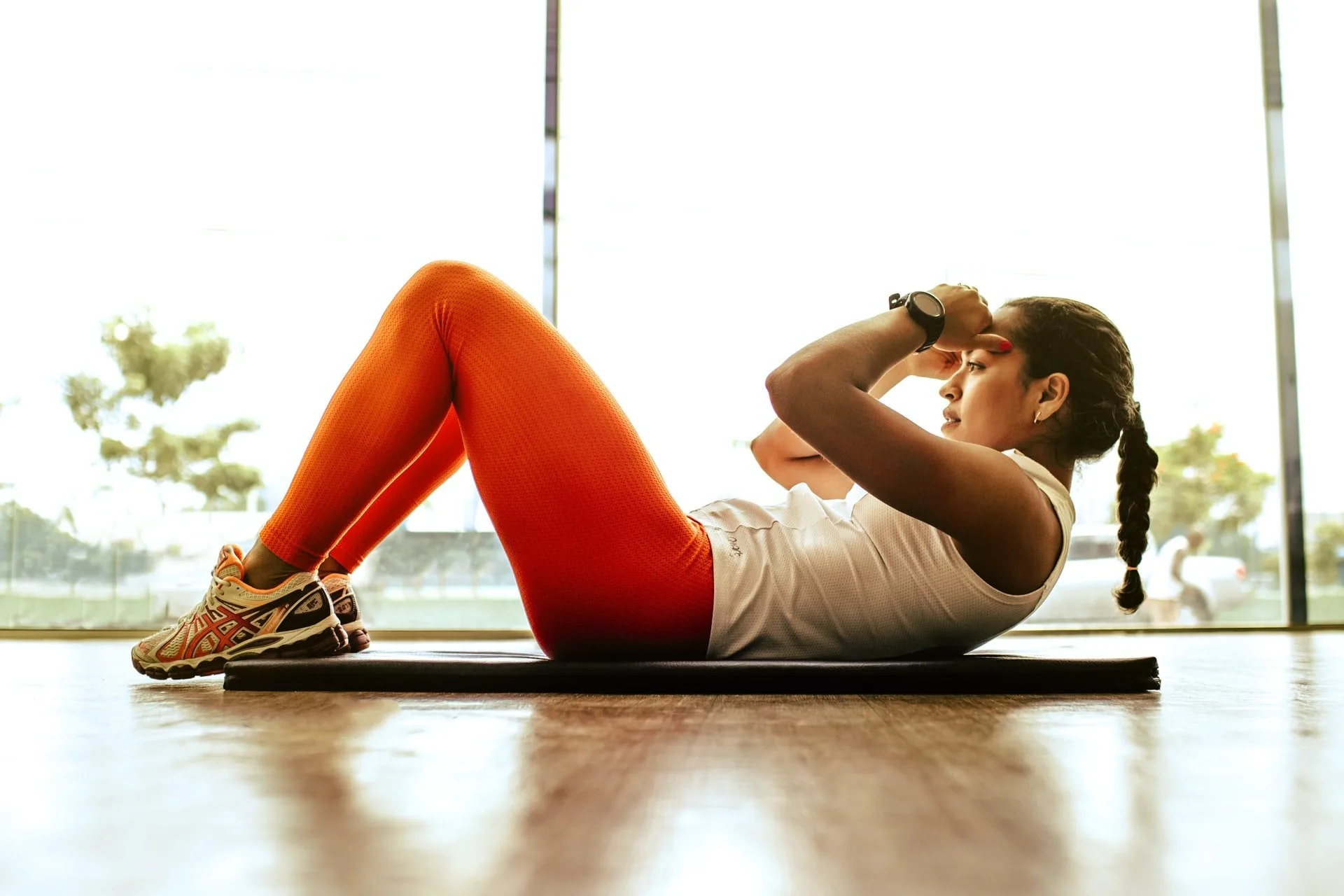Granted, the last thing you want to do during that time of the month is exercise, especially when other options include getting lost in a tub of chocolate ice-cream while you clear up your Netflix downloads.
However, as comfortable as that may sound, the truth is that you should be exercising during your period. Doing so will help to improve everything from those painful cramps to your crabby mood. What’s more, you don’t have to worry about leakage as there are a few tips and tricks you can adopt to make that time of the month as active as every other week out of the year.
Why should I exercise during my period?
Because doing so will help alleviate the very symptoms that make you not want to exercise, let alone leave the bed.
The benefits of exercising during your menstrual cycle include:
#1: It’ll Improve Your Mood
One of the most common menstrual cycle symptoms is mood swings, whereby you find yourself feeling down a day or two before your period, or during the first days of your period.
That said, various studies have proven that exercise can help to improve your mood, and this can be linked to the fact that physical activity triggers the brain to release endorphins. Endorphins are brain chemicals that help regulate mood by triggering a positive feeling in the body.
#2: Alleviates menstrual pain
As mentioned, exercising triggers the release of endorphins, and these brain chemicals help to reduce menstrual cramps.
In fact, a study published in the Journal of Education and Health Promotion found that, after exercising for at least 30 minutes for 3 days a week over an 8-week period, participants noted less menstrual pain than those who did not.
#3: It’ll reduce fatigue
The hormonal changes that occur during your period can make you more lethargic, but getting a workout in can help to boost your energy levels. Taking a pre-workout for women can be a great way to jumpstart your workout and increase your stamina.
Tips to working out during your period
Get some pain relief
If you’re looking to get a workout in but the cramps are keeping you down, you can take an over-the-counter pain reliever at least 30 minutes before you start your workout. This will offer some relief and it will help to lengthen the amount of time you exercise.

Photo by Polina Zimmerman from Pexels
Wear the right gear
One of the most common reasons as to why women choose not to exercise during their period is fear of leaking on or staining their gym clothes.
If you’re worried about leakage, tampons and especially menstrual cups are quite effective at handling a heavier flow as well as reducing the risk of leakage. That said, you can also wear darker-colored pants or a long t-shirt as doing so can provide extra peace of mind.
Stay hydrated
Drinking enough water during your period not only helps to alleviate bloating, but it will also ensure that your digestive system is running smoothly.
Keep water on hand during your workout and make sure to take a sip at least every 15 minutes.

Stretch it out
Stretching is important, especially before a workout so it’s important that you remember to do so. What’s more, stretching also helps to soothe the muscles, so this can be a great way to ease any lingering cramps that are still bothering you.

What exercises should you be doing?
HIIT
Higher-intensity exercise releases more endorphins, and these brain chemicals help alleviate uncomfortable PMS symptoms.
Additionally, estrogen and progesterone levels are lower during your menstrual cycles, so this would be the perfect time to do HIIT as it’ll burn more fat.
Light Cardio
According to a study published in the Journal of Obstetrics and Gynecology of India, moderate aerobic exercise training over 6 weeks reduced menstrual symptoms in patients with PMS.
Light cardio can take the form of brisk walking, a relaxed jog, or even mowing the lawn.
Yoga and gentle stretching
Yoga, as well as Pilates and Tai Chi, help to relax the muscles, and this can help alleviate painful cramps, as well as ease any tension that you may be feeling.
Any exercises to avoid?
Exercising is mean to be a rewarding and relieving experience. It’s not meant to place any additional stress or pain on the body – your menstrual cycle is already doing that.
So, as such, it may be best to avoid any strenuous workouts for a prolonged period of time. This means that if you’re not up for a HIIT workout or a strength training session, then there’s no need to force yourself as you’ll only make things worse.
The bottom line
Regular exercise is great for both your mind and body, especially during that time of the month. However, if you’re not feeling up to it, don’t feel guilty. Give yourself a break and just try to do some light movement – just enough to get your blood flowing.
That said, if you feel that your period pains have become severe, so severe that you can’t function, let alone exercise, then you may want to reach out to your doctor as this could signal a health problem like endometriosis.
References
Dehnavi, Z. M., Jafarnejad, F., & Kamali, Z. (2018). The Effect of aerobic exercise on primary dysmenorrhea: A clinical trial study. Journal of education and health promotion, 7, 3. https://doi.org/10.4103/jehp.jehp_79_17
Vishnupriya, R., & Rajarajeswaram, P. (2011). Effects of aerobic exercise at different intensities in pre menstrual syndrome. Journal of obstetrics and gynaecology of India, 61(6), 675–682. https://doi.org/10.1007/s13224-011-0117-5







![women [longevity live]](https://longevitylive.com/wp-content/uploads/2020/01/photo-of-women-walking-down-the-street-1116984-100x100.jpg)










